GST Levied After 17 Years of Debate
Finance Minister Arun Jaitley at his office at North Block before addressing the media on Goods and Services Tax, in New Delhi, June 29. (Atul Yadav/PTI)
The Goods and Services Tax (GST) — India’s biggest tax reform since independence — came into force July 1, after 17 tumultuous years of debate, unifying more than a dozen central and state levies but doubts remained if the transition to a national sales tax will be without any glitch.
The new tax regime was ushered in at a late night event, June 30, in the historic Central Hall of Parliament, reminiscent of the midnight ‘tryst with destiny’ in 1947.
Prime Minister Narendra Modi termed the new levy as “good and simple tax” that marks economic integration of India.
“There are 500 types of taxes that play their roles.
Today we are getting rid of them,” Modi said. “From Ganganagar to Itanagar and Leh to Lakshadweep, it is one nation, one tax.”
The day marks a decisive turning point in determining the future course of the country, he said, adding GST would ensure one nation, one tax.
The GST, he said, is simple and transparent tax that will help curb corruption and check generation of black money.
President Pranab Mukherjee, who had as finance minister in the UPA government in 2011 piloted a constitutional amendment bill to bring in the GST, said the new indirect tax regime is a “disruptive change.”
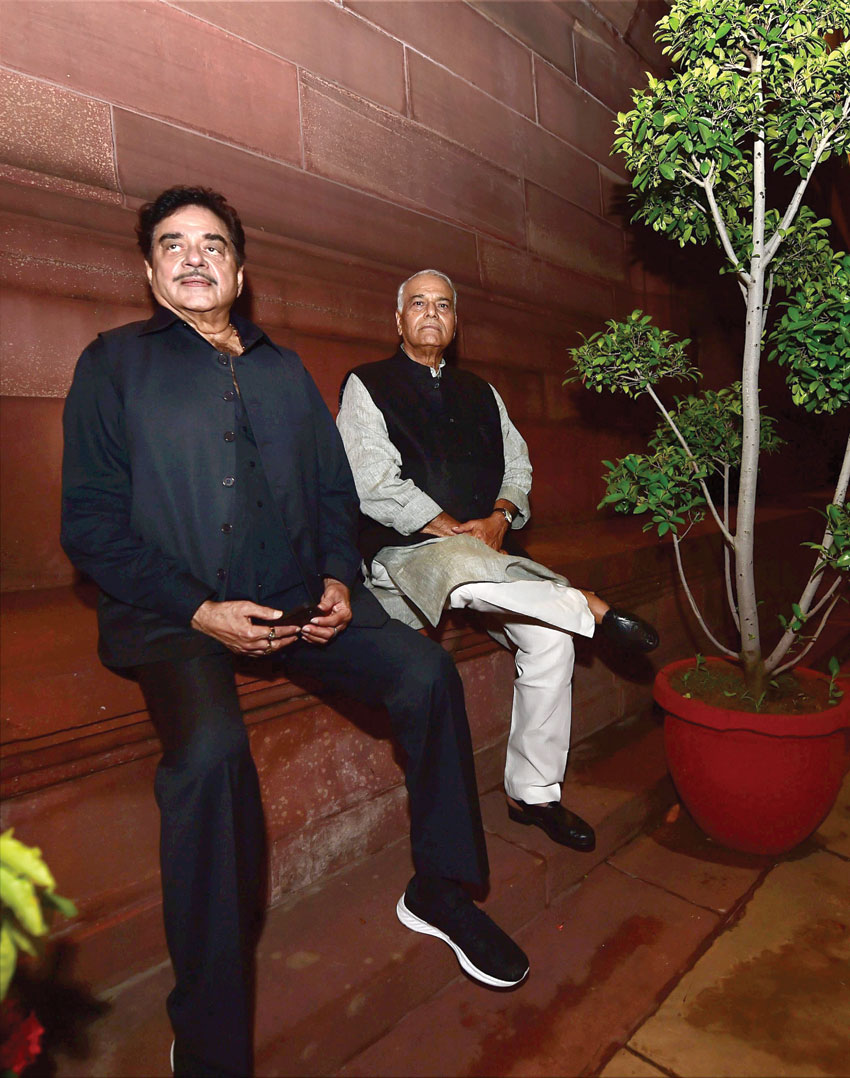
“It is similar to the introduction of VAT when there was initial resistance. When a change of this magnitude is undertaken, however positive it may be, there are bound to be some teething troubles and difficulties in the initial stages.
“We will have to solve these with understanding and speed to ensure that it does not impact the growth momentum of the economy. Such of such major changes always depend on their effective implementation,” he said.
The launch was however boycotted by principal opposition parties like the Congress which termed it as “tamasha” (gimmick) saying it was being rushed in a “half-baked” manner as a “self-promotional spectacle.”
Besides Modi and Mukherjee, the starry midnight launch was attended by Vice President Hamid Ansari, Lok Sabha Speaker Sumitra Mahajan and former prime minister H.D. Deve Gowda.
Amitabh Bachchan, Lata Mangeshkar, Ratan Tata were in attendance at the launch of the Goods and Services Tax.
Subramanian Swamy, a bitter critic of GST-Network – the IT backbone provider for the new indirect tax regime, was also present at the launch.
Reserve Bank Governor Urjit Patel also attended the ceremony.
Former finance minister Yashwant Sinha as also Vijay Kelkar, who had first mooted the concept of GST in a report to finance ministry way back in 2003, were also present at the launch.
Mukherjee and Modi pressed a button in a specially crafted box at the stroke of midnight to launch the new tax regime which overnight replaced the messy mix of more than a dozen state and central levies built up over seven decades.
The one national GST unifies the country’s $2 trillion economy and 1.3 billion people into a common market, an exercise that took 17 tumultuous years.
Modi said GST will eliminate the compounding effect of the current multi-layered tax system as well as the cross-state tax heterogeneity by fixing the final tax rate.
It will reduce cost and save money, he said.
While the measure is billed as making doing business easier by simplifying the tax structure and ensuring greater compliance, businesses, particularly small traders have been a bit nervous about the new tax filing system.
A train was stopped by traders in Uttar Pradesh and commercial establishments and wholesale commodity markets in some cities remained closed in protest against the “hasty” rollout of GST.
While a general strike by traders in Kashmir was called, July 1, Uttar Pradesh and Madhya Pradesh witnessed sporadic bandhs. West Bengal, Andhra Pradesh and Telangana also witnessed protests.
TMC’s Mamata Banerjee feared it would bring back the dreaded “Inspector Raj.”
But the NCP, the JD-U and the JD-S broke ranks with opposition parties to attend the launch ceremony. Besides the Congress, other parties that boycotted the event included RJD, DMK and Left parties.
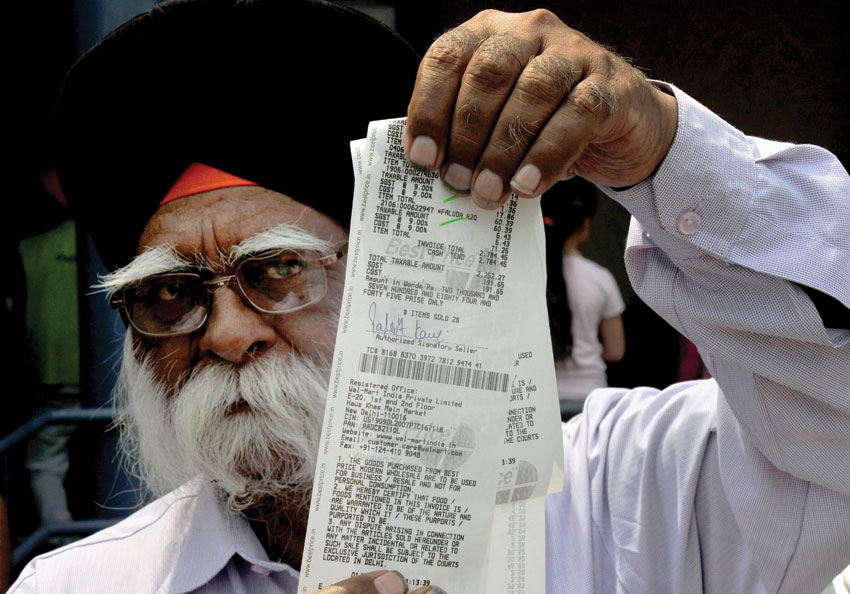
Unlike the last midnight event held in 1997 on the occasion of golden jubilee of the Independence at a special session of Parliament, it was a gala event at the circular-shaped hall that had been loaned for the launch of the historic reform.
The government promises that the transition to a single, nationwide tax on goods and services will streamline business and boost the economy by tearing down barriers between 31 states and union territories. It is estimated to add 0.4% to 2% to GDP growth.
But some businesses are still figuring out how it will work as they race against time to adopt or upgrade cash registers and computer systems so they are able to file monthly tax returns to comply with the new tax regime.
Hours before the midnight launch, the GST Council – the highest decision-making body that formulated the rules and tax rates, met for the 18th time. Prime Minister Narendra Modi joined the council members briefly.
For some businesses, the GST is complex with four broad tax categories of 5, 12, 18%, and myriad exceptions, as opposed to a simpler, flatter and broader sales taxes in other countries.
Switchover to the GST has added to the worries of businesses that are still recovering from the November 8 shock decision to remove 86%of currency from circulation.
One of the things that is keeping companies occupied ahead of the launch is calculation of input tax credit, which allows them to claim refunds on tax paid on inputs and pay tax on the value adds only. From soft drink makers to automobile manufacturers, companies have been busy calculating final consumer price to be charged from July 1.
The government, however, defends the decision saying enough time was given to businesses to adapt to the new regime.
Notwithstanding this, the government will take a lenient view for tax returns filed in the initial period.
First proposed in 2003, the idea of GST was bogged down for years in bipartisan debate, with political parties in government trying to push it and those in opposition dragging it down. Before Modi came to power three years ago, his party was not particularly in favor of the GST.
Over 1,200 items, from shampoo to tea to automobiles, have been put in four broad tax categories.
Unbranded food staples including vegetables, milk, eggs and flour will be exempt from GST, along with health and education services. Tea, edible oils, sugar, textiles and baby formula will attract a 5% tax.

People are happy with GST, Congress isolated
Union Minister M. Venkaiah Naidu slammed the Congress, July 2, for boycotting the Parliamentary session for GST roll out and said the opposition party has been isolated as people are “very happy” with the uniform tax structure.
Naidu said though Congress was instrumental in introducing the Goods and Services Tax Bill, it is now opposing it.
“People are supporting Prime Minister Narendra Modi for taking good decisions. People are very happy about the GST. It is unfortunate that Congress, which was instrumental in introducing the Bill, decided to boycott the session for no reason.”
“There was no reason for Congress to boycott the function. Congress was totally isolated, as several allies of past UPA regime, such as Samajwadi Party, were also present. I appeal Congress leaders not to trivialize the issue,” said Naidu.
Union Minister Harsh Vardhan said, July 2, that only a small section of people are criticizing GST, either due to political reasons or out of their ignorance.
He said the new tax regime is one of the biggest reform movements the country has witnessed post-independence and it should be celebrated in all possible ways.
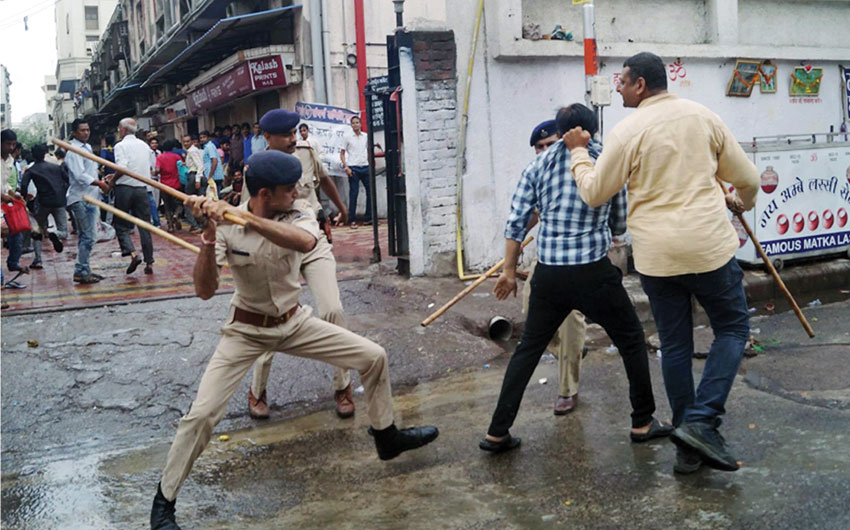
GST has many ‘defects,’ implications will be known in due course: Chidambaram
Senior Congress leader P. Chidambaram hit out at the Center, July 1, for rolling out the GST in its present form, saying it has many “defects” and its implications will be known only in “due course.”
The first implication of the Goods and Services Tax implementation will be “some inflation” and nobody can deny that, he said.
The former Union finance minister said it remains to be seen what steps the government will take to tackle price rise.
Claiming that Micro Small and Medium Enterprises (MSMEs) will be affected by the GST, he said, “They are not ready…
every state has several MSMEs and they demanded time but this government is adamantly refusing… they could have been given that.”
Seeking to pick holes in the reform touted as the biggest since independence, he said, “This is not true GST… not one designed by experts… not our (Congress) ideal (lakshya) GST.
It has many defects and its implications will be known only in due course,” Chidambaram told reporters.
He said, “What has come into force is really not GST.. GST is one tax, and only one tax.”
The present arrangement meant that both old and new tax systems will continue to be in place together, he said.
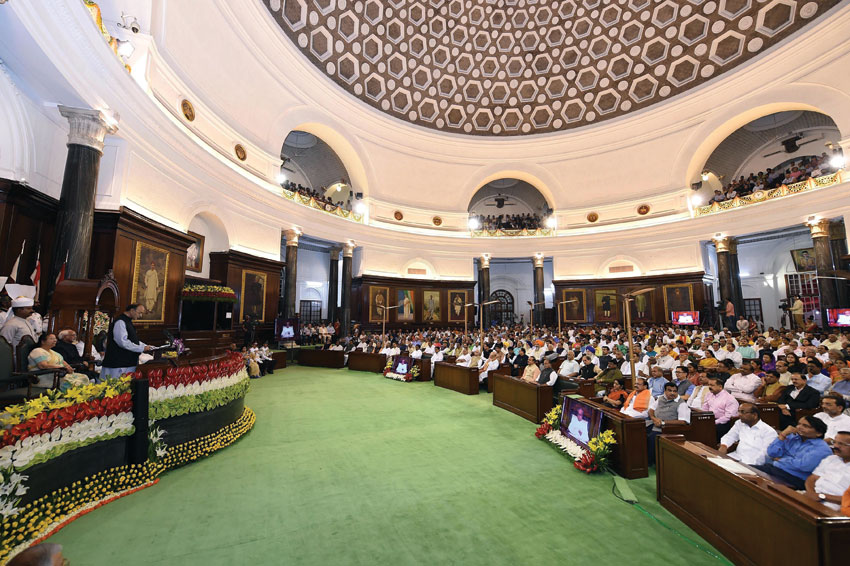
“It cannot be accepted that old has been replaced by new. Old and new tax regimes will be in place together,” he said.
Stating that the government has fixed a standard rate of 18%, he said when compared to GST-rate followed in other countries, it was “very high.”
He also said the Chief Economic Adviser himself has given a report, saying the standard rate could be between 15 and 15.5%.
“They should have stopped with three-rate structure of standard rate, standard minus and plus.”
In contrast, he said there were, however, approximately seven-eight tier of rates like 0, 3, 5, 12, 18, 28 and 40 (percent).
“Truly that is not GST, it is further far away,” he remarked.
Another ‘defect’ was in respect of tax administration (supervision), he said and asked “who is going to administer the tax, the state or the central government?”
Citing an example, he said a business based here with a turnover of about Rs. 2 crore does not know if it came under the purview of the Center or state.
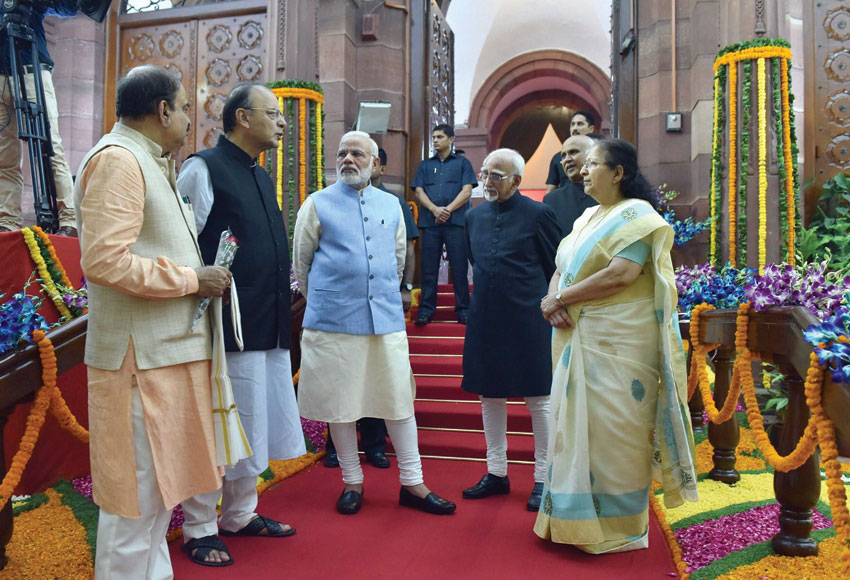
He said, “I had asked whether they will choose through drawing of lots, it is not known.”
On filing returns, he said, monthly three returns have to be filed, which means 36 in a year, besides an annual return.
If a firm has operations in seven states, it has to file 37 returns in each of these states, he said.
Another ‘defect,’ he pointed out was that the government could not decide whether the state or Center will have jurisdiction over the kind of business.
Hitting out at the anti-profiteering clause in the GST, under which rates should be slashed if tax was lowered, Chidambaram said, “This is the version of those who don’t understand market economy.”
“Tax (GST) may have come down but several things like rent, freight and salaries could have gone up.”
“This (anti-profiteering) is a weapon in the hands of officials. I need not say what will happen if officials get a weapon.”
Pointing out that areas like petroleum were out of GST purview, he said, “If you exclude petroleum and electricity, approximately 35-40% of economy does not come into the purview of GST.”
Many things have not been brought under the GST ambit, including petroleum, electricity and alcohol products, he said.
Meanwhile, DMK working president M.K. Stalin told reporters in Chennai that his party has been maintaining that traders should be given time to switch over to GST and talks must be held with them.
He said at least now, after the launch of the reform initiative, stakeholders should be given an opportunity.
Based on their feedback, appropriate steps should be taken by the government and “whatever needs to be done should be done and we will welcome it.”
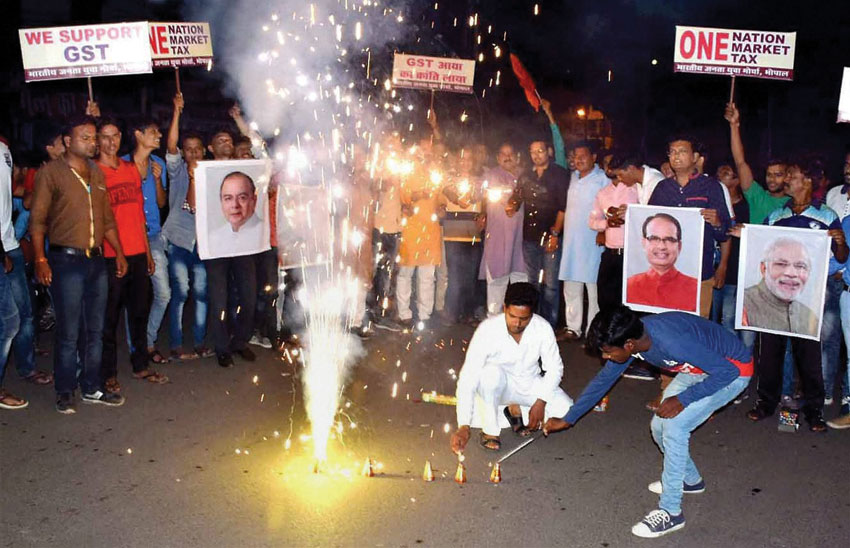
Maruti, Toyota, JLR, BMW cut car prices to pass on GST benefit
Maruti Suzuki, Toyota Kirloskar, JLR and BMW reduced the prices in the range of Rs 2,300 to over Rs 2 lakh of different models to pass on to consumers the benefit of lower tax incidence under the GST regime, July 1.
Country’s top automaker Maruti Suzuki India has slashed prices of most of its models by up to 3% with immediate effect except for diesel versions of sedan Ciaz and MPV Ertiga with mild hybrid technology, which saw increase in prices by over Rs 1 lakh.
Toyota Kirloskar Motor also announced slashing prices ranging between Rs 10,500 and Rs 2.17 lakh (ex-showroom Bengaluru).
The company, however, has hiked the prices of hybrid variants Toyota Camry and Toyota Prius by over Rs 3.5 lakh in Bengaluru and up to Rs 5.24 lakhs in Delhi as per applicable tax under GST.
German luxury car maker BMW has also cut prices of its models, ranging from Rs 70,000 on base end version of X1 to Rs 1.8 lakh on the top end of its sedan 7 series.
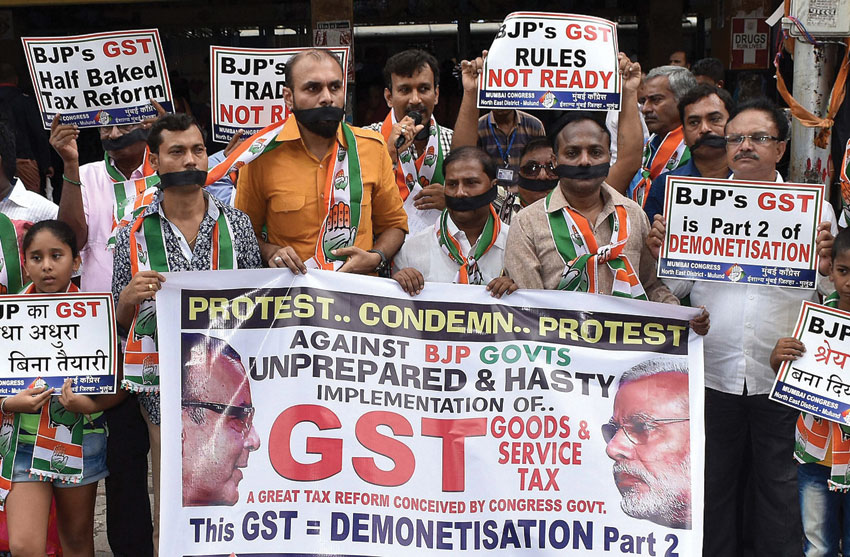
However, the company’s hybrid model i8 will witness a hike of Rs 4.8 lakh to Rs 2.28 crore.
Tata Motors-owned Jaguar Land Rover has reduced prices of its entire vehicle range in India on an average by 7% to pass on the benefit of reduced tax under GST.
The company said it is fully geared up for the new tax regime and its vehicles will be available under the new prices with immediate effect from any of its 25 retail outlets across India.
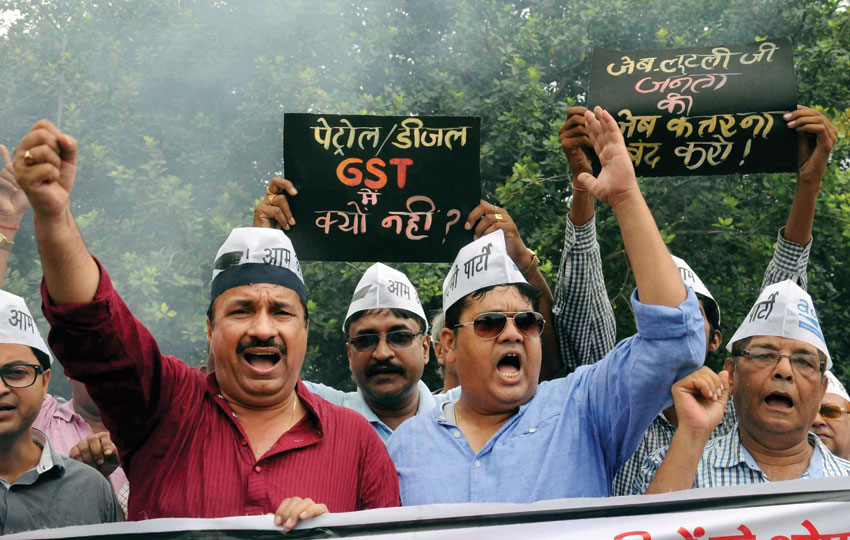
Last month, Mercedes-Benz and Audi had announced passing on the GST benefit to customers.
Under the GST, large luxury cars and SUVs with engine capacity of over 1,500 cc are slated to attract a 15% cess over and above peak rate of 28%, thereby bringing down the overall tax incidence compared to around 50% under the previous taxation system.


